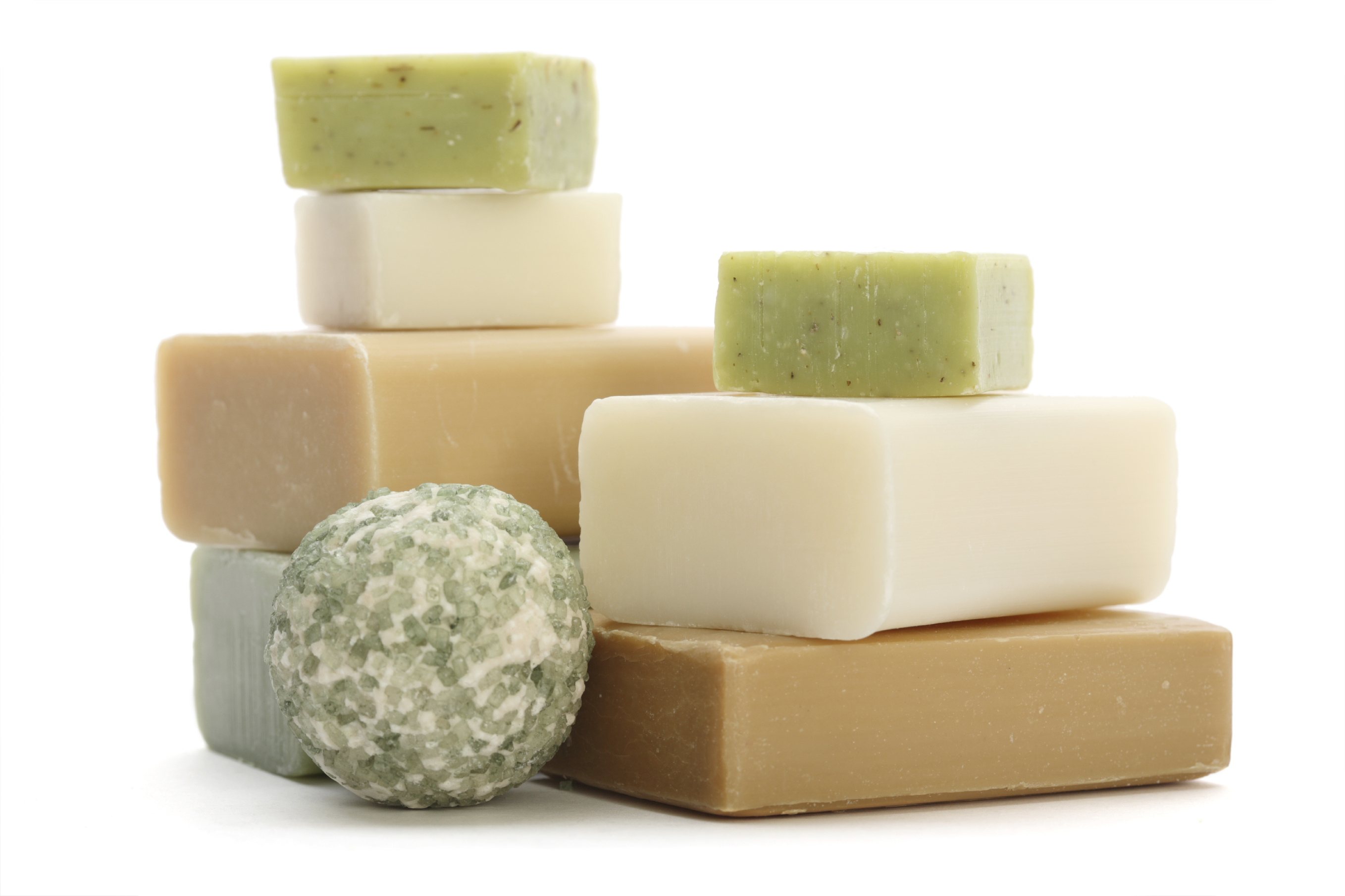
A lot of people tend to think that learning How to Make Homemade Soap from Scratch is a daunting, complicated task, but I like to tell my readers – if you can bake a cake, you can make soap!
What is Soap?
First off, What is soap? “Soap”, technically, isn’t something you just mix and pour to cleanse your body. REAL soap (for us soap snobs) only occurs when the saponification process takes place. To put it simply, oil molecules get busted open by lye molecules. These molecules then bond in a particular way that literally creates soap molecules. Formulas area created so that no lye is left (the chemical reaction makes sure all lye molecules have been used up), and only a small amount of oil remains. This is called superfatting and makes sure you have a nice moisturizing bar (usually done at a 5% rate).
Too much info all at once? Let’s Break it down.
The Fats
Fats are usually divided up into two categories:
hard fats – like lard, tallow, palm oil, and coconut oil, cocoa butter, shea butter)
soft fats – like various oils that stay liquid at most room temperatures: olive oil, sweet almond oil, grapeseed oil, avocado oil
All of the fats bring something different to the soap. Hard fats are necessary in order to give you a nice hard lasting bar. Even a Castille Soap (olive oil bar) usually has a small amount of tallow or coconut oil to make it a harder bar.
Because each fat brings a different quality to your soap, you cannot simply swap out one fat for another without some experience. Hey, sometimes it will work, but other times it can not turn out right. So if you are just beginning you’ll want to follow a recipe. (continue reading)

